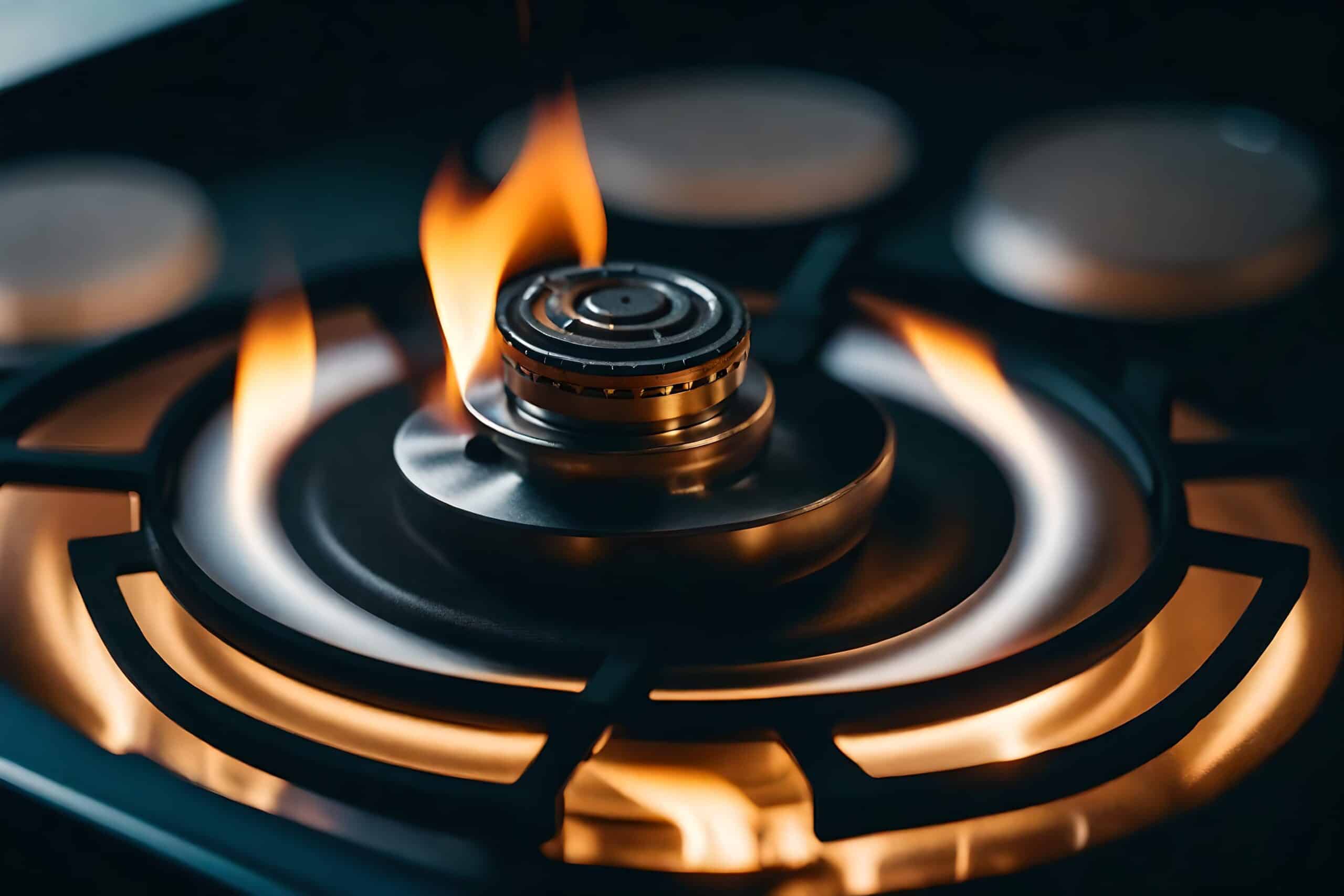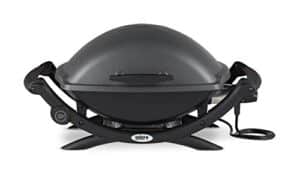How to Connect a Grill to a Gas Line
Key Takeaways
- Confirm Grill Compatibility
- Shut Off the Gas Supply
- Disconnect the Propane Tank (if applicable)
If you enjoy grilling and want to connect your grill to a gas line for convenience and cost-effectiveness, you’re in the right place. In this article, we will provide you with a step-by-step guide on how to safely connect your grill to a gas line. We will also discuss some important safety precautions and considerations to ensure a successful and trouble-free installation.
Confirm Grill Compatibility
Before you begin the installation process, it’s crucial to confirm whether your grill is compatible with a gas line connection. Some grills are designed to be used with propane tanks only, while others can be converted to use natural gas. Check the manufacturer’s instructions or consult the grill’s manual to determine if your grill can be converted.
If your grill is compatible, you will need to purchase a conversion kit specific to your grill model. This kit will contain the necessary components to make the conversion from propane to natural gas.
Shut Off the Gas Supply
Before you start connecting your grill to the gas line, make sure to turn off the gas supply. This can be done at the main gas valve or the gas tank if you are using an independent gas source. It’s important to ensure there is no gas flow during the installation process to prevent any accidents.
Disconnect the Propane Tank (if applicable)
If you were previously using a propane tank with your grill, disconnect it before proceeding with the conversion. This involves closing the valve on the propane tank and unscrewing it from the grill’s regulator. Store the propane tank safely in an upright position away from any heat sources.
Replace the Burner Orifices
Next, you will need to replace the existing burner orifices with the ones provided in the conversion kit. The burner orifices control the flow of gas to the burners, and they need to be changed to accommodate the different gas pressure between propane and natural gas.
Follow the manufacturer’s instructions carefully when replacing the burner orifices. This typically involves removing the old orifices and replacing them with the new ones from the conversion kit. Ensure that the orifices are installed correctly and securely.
Attach the Regulator and Hose
After replacing the burner orifices, you can proceed to attach the regulator and hose to your grill. The regulator is responsible for regulating the gas pressure, and the hose connects the grill to the gas line.
Make sure to align the connections properly and tighten them securely using a wrench. This will prevent any gas leaks and ensure a safe and reliable connection.
Connect to the Gas Line
With the regulator and hose attached to your grill, you can now connect it to the gas line. The gas line can be either an existing line in your home or an independent gas tank specifically installed for outdoor grilling.
Ensure that the gas line is compatible with your grill and can provide the necessary gas pressure. Follow the manufacturer’s instructions or consult with a professional to ensure a proper and safe connection.
Check for Leaks
Once all the connections are made, it’s crucial to check for gas leaks. Leaks can be dangerous, so it’s essential to perform a leak test before using your grill.
One way to check for leaks is by applying a soapy water solution to all the connections. If you see any bubbles forming, it indicates a gas leak. In such cases, immediately turn off the gas supply and address the issue before proceeding.
Ignite the Grill
After confirming that there are no leaks, you can safely ignite your grill. Follow the manufacturer’s instructions on how to ignite the grill properly.
Once the grill is ignited, check if the burners are producing a steady blue flame. A steady blue flame indicates proper combustion and efficient gas usage.
Regular Maintenance Checks
After successfully connecting your grill to the gas line, it’s important to perform regular maintenance checks to ensure its optimal performance and safety.
Regularly clean the grill, including the burners, to prevent any blockages that may affect gas flow. Inspect the burners for any signs of damage or deterioration and replace them if necessary.
Safety Precautions
When connecting your grill to a gas line, it’s crucial to prioritize safety. Here are some important safety precautions to keep in mind:
- Consult a professional plumber or gas technician for installation guidance, especially if you are unsure about the process.
- Ensure proper ventilation in the outdoor cooking area to prevent the build-up of carbon monoxide.
- Store propane tanks safely in an upright position and away from heat sources.
- Educate yourself on emergency procedures, such as shutting off the gas supply and calling emergency services in case of a gas leak or any other safety concerns.
Conclusion
Connecting a grill to a gas line can provide convenience and eliminate the need for propane tanks. By following the step-by-step guide provided above and adhering to the necessary safety precautions, you can successfully connect your grill to a gas line. Remember to consult the manufacturer’s instructions, use the correct conversion kit, and perform regular maintenance checks for optimal performance and safety.
Related Websites:
FAQs:
Q: Why is it important to properly connect a gas grill to a gas line?
Properly connecting a gas grill to a gas line ensures safe usage. It reduces the risk of gas leaks and potential accidents, providing peace of mind while grilling.
Q: What are the basic components of a gas line?
The basic components of a gas line include the gas supply pipe, shut-off valve, regulator, and gas inlet connector. Understanding these components is essential for a successful connection.
Q: What materials are necessary for connecting a gas grill to a gas line?
To connect a gas grill to a gas line, you’ll need tools like pipe wrenches, adjustable wrenches, and a leak detection solution. Additionally, proper materials such as fittings and connectors are crucial for a secure connection.
Q: How do I test for gas leaks after connecting the grill?
Testing for gas leaks is important. To perform a leak test, create a soapy water solution, apply it to the connections, and observe for any bubbles. If bubbles form, there might be a leak, and professional assistance should be sought.
Q: What are some general safety tips for using a gas grill connected to a gas line?
When using a gas grill connected to a gas line, always ensure proper ventilation, keep the grill away from combustible materials, and never leave it unattended. Regular maintenance, including cleaning and inspections, is also essential for safe operation.






